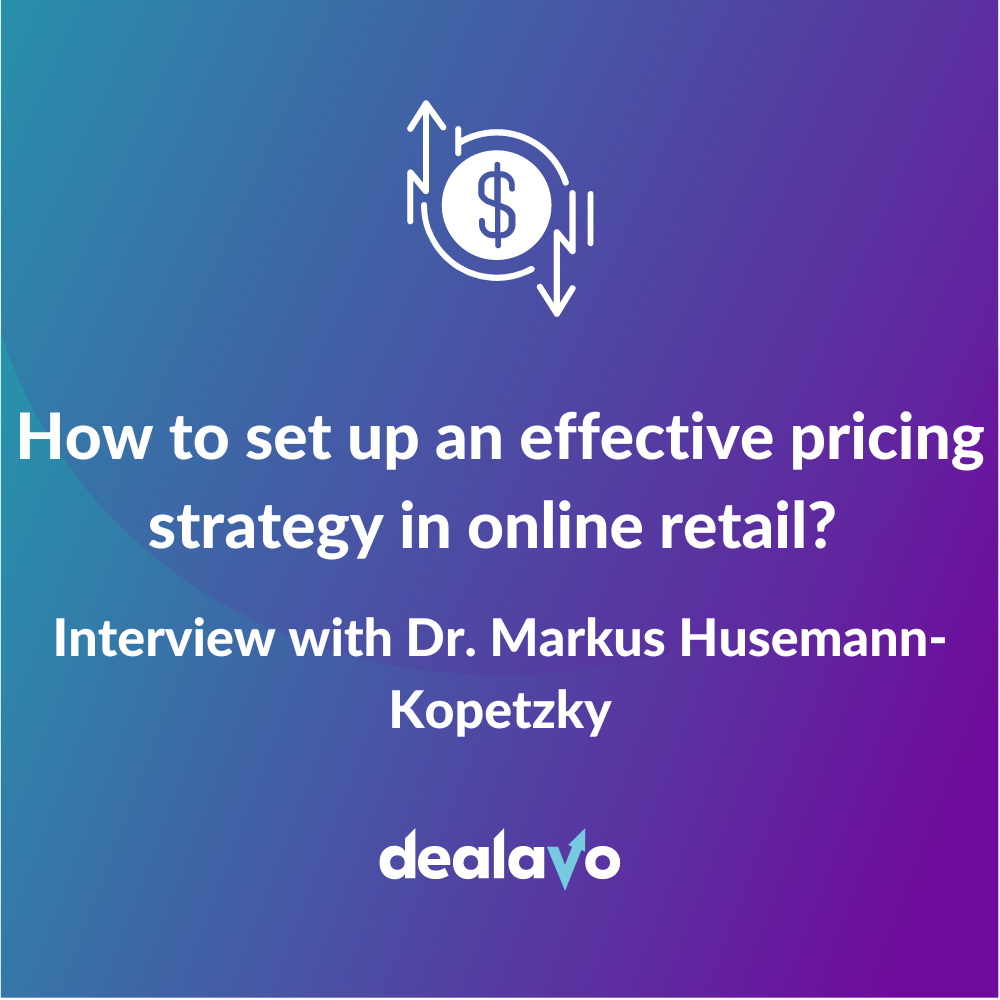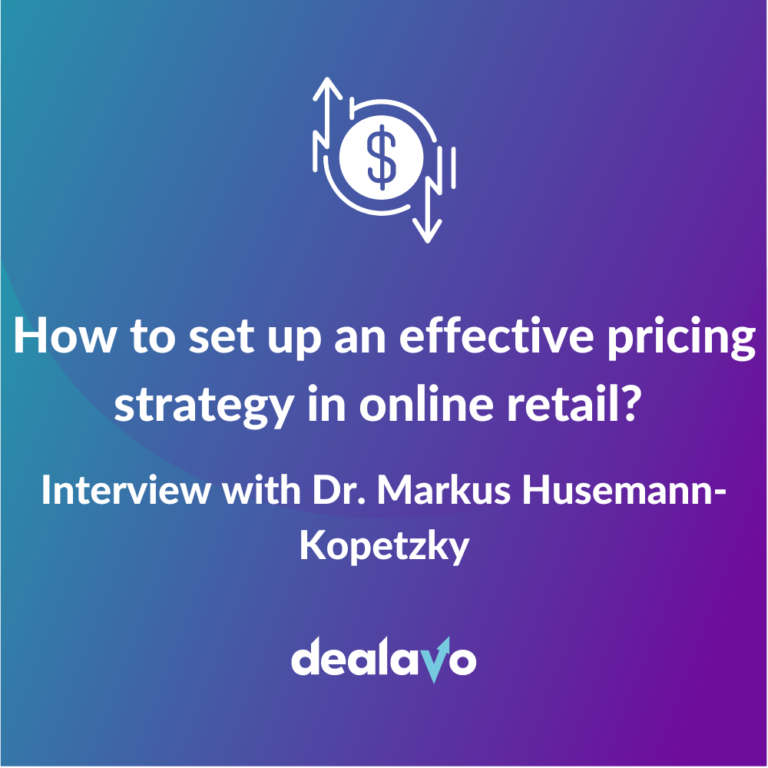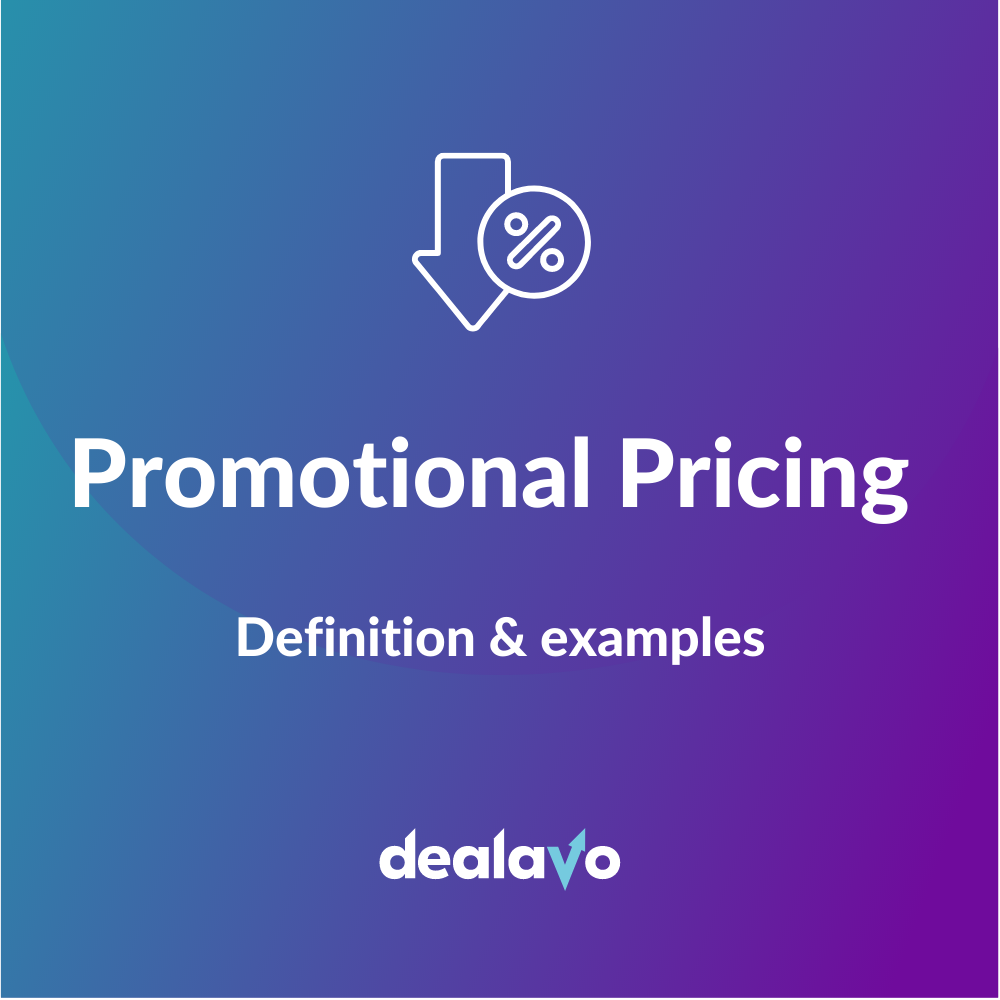Maximizing Seasonal Revenue: Effective Techniques for E-commerce Sellers
- 01 September 2023
Seasonal revenue is a potent force in e-commerce. Doing it right and implementing effective seasonal sales strategies into your business may make it skyrocket. E-commerce sellers can embrace those tips and tactics to boost their seasonal revenue so that they would be able to master the entire calendar of seasonal offers and promotions.
In the labyrinth of e-commerce, where every click, scroll, and purchase shapes the landscape, seasonal revenue emerges as a force you should not ignore. From the jubilant spirit of holidays to the frenzied allure of Black Friday – consumer behaviors tend to transform a lot throughout the year.
Here, we will try to explore the nuances of consumer behavior shifts, preparing meticulously for sales spikes since creating an effective seasonal sales strategy also poses a bunch of challenges.
In this article, we will be talking about:
- preparing for seasonal changes throughout a marketing year,
- implementing effective strategies for seasonal sales,
- the importance of leveraging proper pricing strategies with Dealavo,
- the two prominent seasonal revenue maximization examples.
Understanding Seasonal Trends in E-commerce
Before you start planning your seasonal sales strategies, you should learn about the seasonal trends your e-commerce business could possibly tap into. From festive holidays to special occasions and monumental sale events, each season brings a unique set of expectations.
Try the following:
- analyze consumer behavior – from back-to-school shopping in autumn to the holiday gift-buying frenzy in winter, each season presents unique windows of opportunity,
- tailor proper strategies to proper seasonal periods – by aligning product offerings, marketing campaigns, and messaging with the prevailing consumer sentiments regarding certain seasons, sellers can create an immersive shopping experience that captivates and converts,
- consider the diversity of seasons – different types of seasonal events (holidays, cultural celebrations, shopping extravaganzas) impact consumer behavior in distinct ways, and by embracing this diversity, e-commerce sellers can optimize their approach for each season, ensuring a comprehensive and effective strategy.
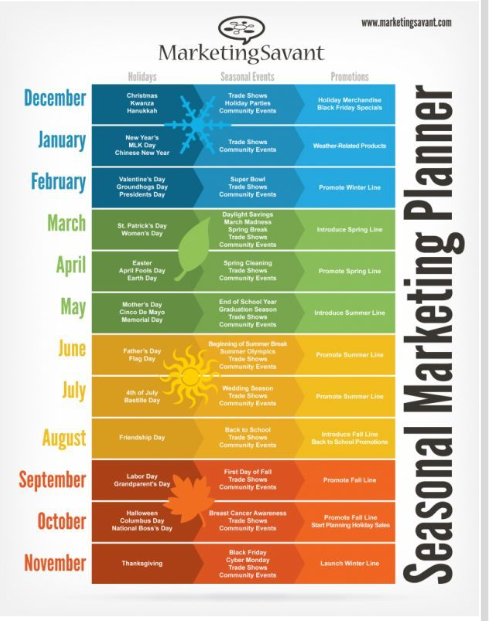
Sources: https://pl.pinterest.com/pin/358810295291855267/
Preparing for Seasonal Sales
Preparing for seasonal sales isn’t a mere formality; it’s a blueprint for success that ensures your e-commerce venture thrives during the peak shopping frenzy.
To do this, e-commerce sellers must be armed with the right strategies. Let’s go through the most important aspects to mind.
Inventory Assessment and Planning
Inventory assessment is not just about counting products; it’s about understanding demand patterns, identifying popular items, and gauging potential supply chain challenges.
Armed with this information, you can ensure sufficient stock levels to meet the surge in demand, minimizing the risk of stock-outs that can derail your seasonal success.
Marketing Calendar
A well-structured marketing calendar is your guiding compass through the peaks and valleys of the seasons. By strategically planning your campaigns, you can capture attention when it’s most receptive, maximizing the impact of your marketing initiatives.
Website and Product Pages
During the seasons, your digital storefront becomes a bustling marketplace. Optimize your website and product pages with seasonal keywords to make them look more attractive to visitors. It works just like adorning your physical store with festive decorations.
Taking care of your website to prepare it for seasonal sales enhances visibility, improves search engine rankings, and ensures that shoppers looking for seasonal products find their way to your offerings.

Source: https://www.nobraineragency.co.uk/blog/seo/four-reasons-to-build-seasonal-landing-pages-for-seo/
Implementing Effective Marketing Strategies
Having good and attractive seasonal offers is not enough to stand out among the competition. To exploit the benefits that your visibility gives you, you’ll need to implement some seasonal sales strategies.
Effective marketing strategies serve as your megaphone, amplifying your message and ensuring that it reaches the right ears.
Email Campaigns
Email campaigns are your direct line of communication with your audience, and during the seasons, they become even more critical. Crafting personalized, compelling emails that highlight seasonal offers, exclusive deals, and special promotions can drive engagement and encourage repeat business. It’s a powerful tool to foster a sense of exclusivity and urgency, encouraging customers to take action.
Social Media Marketing
Social media platforms are vibrant marketplaces where trends are set, and conversations flourish. During the seasons, leveraging platforms like Instagram, Facebook, and Twitter can help you showcase your seasonal offerings.
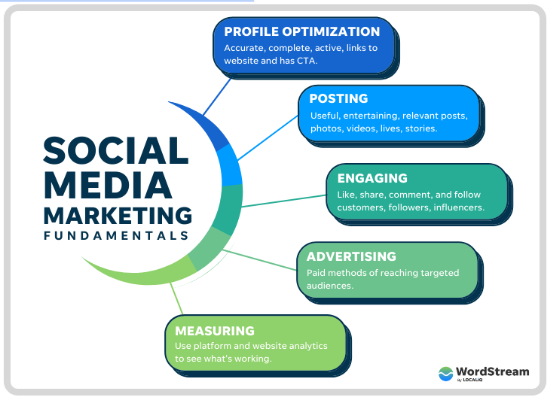
Source: https://www.wordstream.com/social-media-marketing
Use those platforms to connect with your audience on a personal level, and foster a sense of community around your brand.
Influencer Marketing
Influencers have the ability to sway opinions, inspire purchases, and amplify your brand’s reach. Collaborating with influencers who align with your brand ethos and resonate with your target audience can inject authenticity into your seasonal campaigns.
Paid Advertising and Retargeting
While organic reach is valuable, paid advertising ensures that your message reaches a wider audience. Investing in targeted advertisements during peak seasonal periods can help you capture the attention of potential customers who might not have discovered your offerings otherwise.
Retargeting techniques extend the value of paid advertising. When users visit your website and leave without making a purchase, retargeting ads “follow” them around the internet, reminding them of your products and encouraging them to return and complete their purchase.
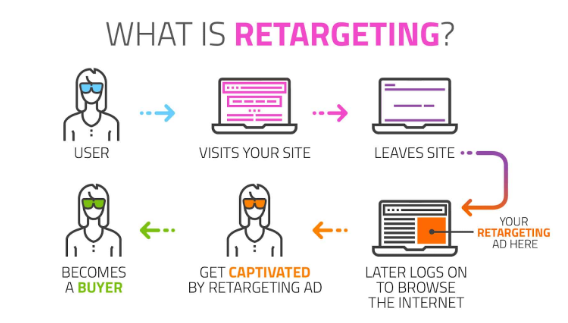
Source: https://tkmkt.com/what-is-retargeting/
Cross-Selling
Cross-selling involves showcasing complementary products to customers based on their preferences and purchase history. During seasonal sales, this strategy becomes particularly potent. By suggesting products that enhance the value of a customer’s purchase, you not only increase the average order value but also provide a tailored shopping experience.
Pricing Strategies for Seasonal Sales
Striking the right balance between attractive pricing and brand integrity requires a thoughtful approach and a deep understanding of consumer psychology.
It’s especially important during the seasonal sales periods, and that’s why you should know how to face this challenge properly.
Avoid Excessive Price Cuts
While offering discounts is a hallmark of seasonal sales, it’s important to avoid excessive price cuts that might devalue your brand. Drastic reductions can erode the perceived quality of your products and undermine the trust you’ve built with your audience.
Leverage Dynamic Pricing
Dynamic pricing is a sophisticated strategy that involves adjusting prices based on real-time market data.
There are tools like Dealavo that offer dynamic pricing solutions that automate price adjustments, helping you maintain a competitive edge.
The Benefits of Dynamic Pricing
Consider the following benefits of implementing Dynamic Pricing strategies into your seasonal marketing:
- optimized revenue – Dealavo‘s algorithm dynamically adjusts your prices to align with the perceived value of your products, which translates to optimized revenue generation,
- competitive edge – Dealavo comprehensively evaluates your competitors’ strategies, factoring in their promotions, stock levels, and pricing trends,
- automatization – dynamic pricing automates the process of pricing adjustments, freeing up your resources to focus on other strategic aspects of your business,
- personalization – Dealavo tailors prices to specific segments of your audience not only to enhance customer engagement, but also to boost conversion rates and customer loyalty.
Make Use of Limited-Time Offers
Urgency is a powerful motivator. Limited-time offers create a sense of scarcity and encourage customers to make quick purchase decisions.
By strategically introducing flash sales and time-limited promotions, you can tap into the fear of missing out (FOMO) phenomenon and drive conversions.
Case Studies: Successful Seasonal Revenue Maximization
In the world of e-commerce, success stories are blueprints that can make for great learning material for entrepreneurs who also want to strike gold in the e-commerce industry.
Let’s talk about a few brands that have not only embraced seasonal marketing strategies but have elevated them to an art form.
KFC
KFC’s “Kentucky for Christmas” marketing campaign made their fried chicken a popular Christmas dish in Japan, although the entire plan was built upon a white lie.
KFC debuted in Japan in 1970, but it wasn’t too popular at first. Its manager, Takeshi Okawara, came up with the idea to sell “party barrel” as a Christmas dish to increase sales of fried chicken in Japan.
He built his marketing strategy on a lie that the party barrel is a traditional Christmas dish from the USA. The Japanese customers believed it, and so Okawara leveraged his momentum. He even wore a Santa Claus outfit and promoted his party barrel while singing a song he made up himself for that occasion.
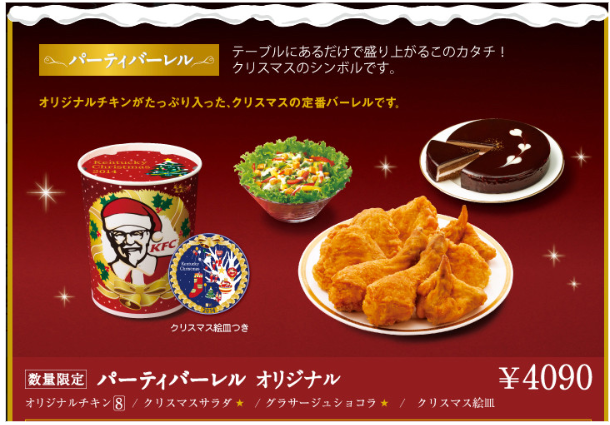
Source: https://kickstartsidehustle.com/kfc-christmas-kentucky-for-christmas-how-to-change-the-countrys-culture-by-serving-fried-chicken/
According to the data, in 2018, KFC earned about $63M in the time when Christmas was coming. Since the first “Kentucky for Christmas” campaign, Japanese KFC has made about 5% of its entire annual revenue only during that special time.
Gucci
In 2020, Gucci leveraged an internet trend in reference to an unofficial Chinese Valentine’s Day, called 520 (since this number is pronounced the Chinese version of “I love you”). Although the brand was not the only one to do it, it has found its own way to stand out.
While different brands focused on embracing love and intimate moments between people in their 520 marketing campaigns, Gucci decided to present various ways in which you can spend that day, in case you were single. Their campaign was targeted especially at Gen Z customers because they tend to be highly focused on preferring single life over close relationships and love.
Gucci’s 520 campaign also had a strong social media presence (probably because this is where Gen Z spends most time). The company leveraged a Chinese microblogging social platform, Weibo, and created #520个古驰故事# (#520GucciStories). The tag has over 400M views, and the campaign was such a big success that Gucci decided to repeat it in 2021, too.
According to Kering Group’s (which owns Gucci and other fashion brands) annual financial report, 2020 saw a record soar in terms of e-commerce luxury goods sales which grew by 50%, while the revenue increased by around $17.2B (€16B) over 2019. They also claimed that the increase was mainly driven by the Asian market, which may only leave us wondering what the actual share of the #520GucciStories campaign was in that success.
Conclusions
The pursuit of seasonal revenue optimization requires a multifaceted approach. It is important to mind the diversity of seasons businesses can tap into, as well as think about the potential price changes.
A good idea is to implement the Dynamic Pricing tools, such as Dealavo, to help us stay agile during the fast pace of seasonal sales. Doing it right might greatly enhance our profitability.
